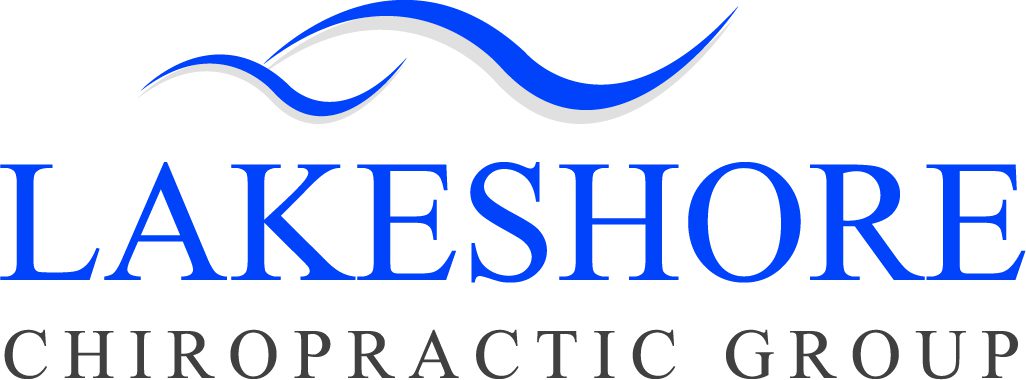The Story Behind Shockwave Therapy: How It Came to Be a Revolutionary Treatment

- Albert Scales
When it comes to pain management and treatment, science and technology have come a long way. One of the latest and most promising developments in the field is Shockwave Therapy, a non-invasive and highly effective treatment that has helped thousands of people worldwide. But where did it all begin? In this article, we’ll explore the history and science behind Shockwave Therapy, how it works, and why it has become one of the most popular treatments for chronic pain and injuries.
The History of Shockwave Therapy
The history of Shockwave Therapy dates back to the early 1980s when ESWT (extracorporeal shockwave therapy) was first introduced into clinical practice as a treatment for non-invasive lithotripsy, a medical procedure used to break apart kidney stones. However, it wasn’t until 1988 that the first shockwave treatment of non-union in humans was successfully performed in Bochum, Germany. Since then, the technique has been refined and developed into a safe and effective treatment for various painful conditions.
The Science Behind Shockwave Therapy
Simply put, shockwave therapy works by stimulating the body’s natural healing processes. Shockwaves are focused, high-energy sound waves that stimulate osteoblasts and fibroblasts, cells responsible for bone and connective tissue healing, respectively. This stimulation helps increase blood flow and promote the growth of new tissue, which in turn alleviates pain and speeds up recovery.
Another way that Shockwave Therapy diminishes pain is through the so-called “Gate Control Theory.” This theory suggests that pain is not just a physical sensation but also a subjective experience influenced by the emotional state, environment, and other factors. Specifically, it proposes that by activating larger sensory fibers in the body, shockwaves can “close the gate” to pain signals sent by smaller fibers, reducing the overall perception of pain.
Conditions Treated by Shockwave Therapy
So, what conditions can Shockwave Therapy effectively treat? While the technique is still relatively new, studies have shown that it can be used to treat a variety of painful conditions, including plantar fasciitis, tennis elbow, jumper’s knee, and Achilles tendinopathy, to name but a few. It can also be used to enhance bone healing and promote tissue regeneration, making it a versatile and promising treatment option for both acute and chronic conditions.
Shockwave Therapy is a revolutionary treatment that has helped many people overcome chronic pain and injuries. While it has taken decades of research and development to refine the technique, the science behind it is sound, and its effectiveness has been supported by numerous studies. Whether you’re struggling with an old injury or are looking for a non-invasive way to manage pain, Shockwave Therapy is an option worth considering. Contact us to learn more about the benefits of this cutting-edge technique, and take the first step toward a pain-free life.


